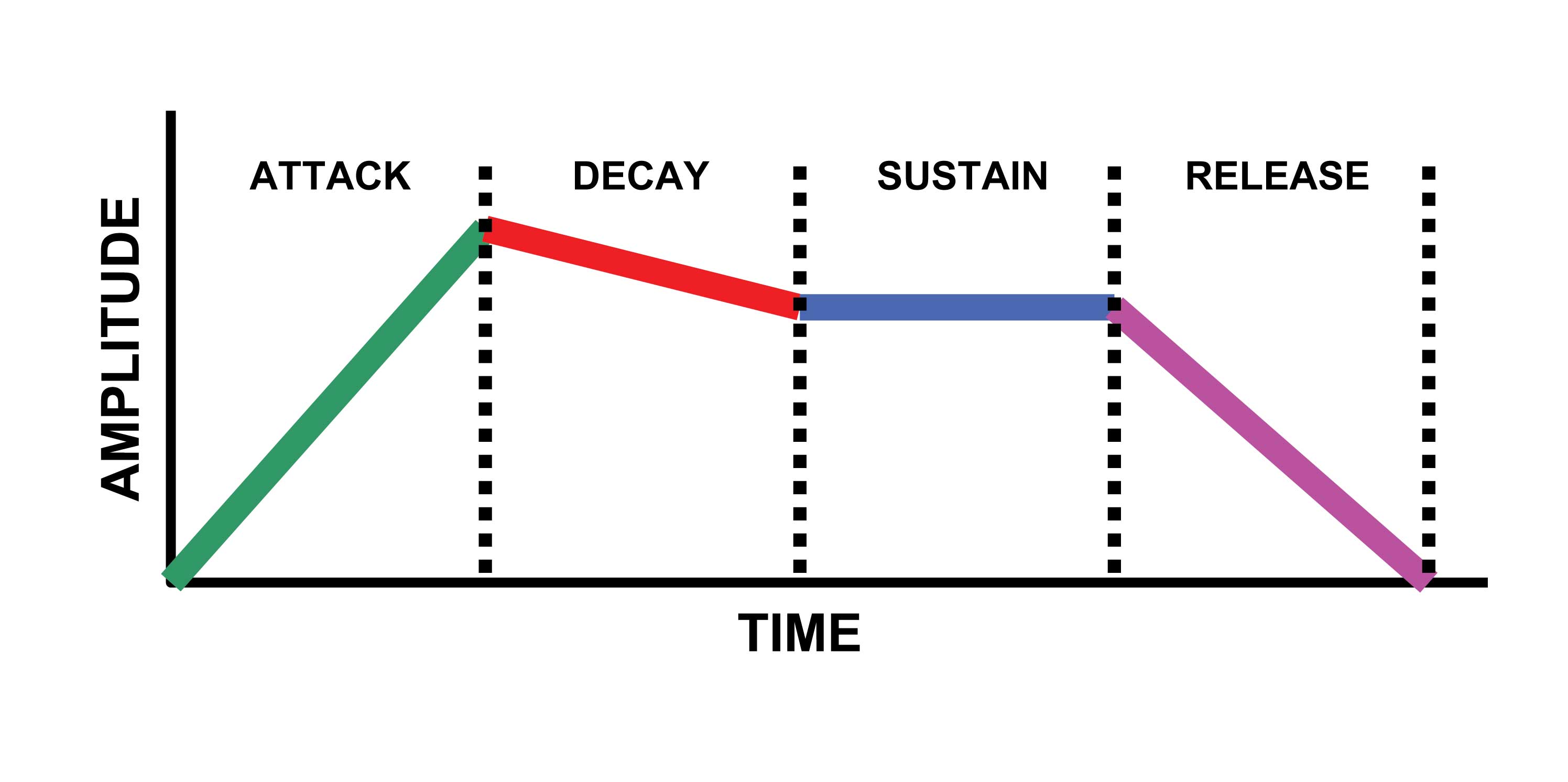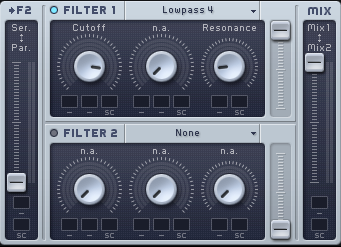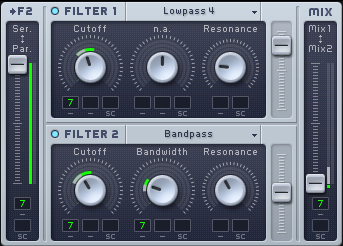
The Envelope Of A Sound
Today we’re going to talk about a sound envelope and what exactly does this feature describe when being modified to obtain custom made sound designs. This feature is fundamental when talking about sound crafting and mixing so up next we’re going to find out some useful knowledge helping us become better producers and sound designers.
Just to give you a little hint, learning how to work with the sound’s envelope will help you obtain a smooth sound while keeping decent parameters when talking about noise. Let’s see how this goes.
Keeping things simple, the envelope of a sound describes the way its amplitude varies over time. The envelope is divided in to 4 sections and they go under the name of ‘Attack’, ‘Decay’, ‘Sustain’ and ‘Release’. This makes up the abbreviation ADSR which we’ll find on a lot of audio gear like on samplers and synthesizers. The Attack is the time that it takes from generating the sound to reaching its full amplitude and likewise, there’s always a knob helping you modify or improve that. Drum sounds, like most sounds, have a short Attack time and violin and cellos have a considerable longer Attack time.
The Decay is the time that it takes for the level to drop in to Sustain when the Attack time passed. The Sustain is the level at which the amplitude more or less actually stabilizes. For example you can find longer sustains on a cello then a snare drum that stands on very short parameters. The Release is the time it takes for the sound to go from Sustain into complete silence and usually this requires some extra attention when it comes to drum elements. In other words the Release is the tail of the sound and you need to pay some good thoughts for this segment in order to obtain a sample without glitches. Nevertheless, a Piano for example has a sustain pedal and you can obtain a better control on the sound simply by working with that feature. The sound is processed through digital tools and you can obtain a good quality regardless.
If you’re interested in finding out how the envelope of different instruments sounds like hit play on top of this post for the video tutorial. If you get the tutorial start a recording session, load your EQs, compressors and other mixing tools and begin designing brand new sounds. Good luck!



